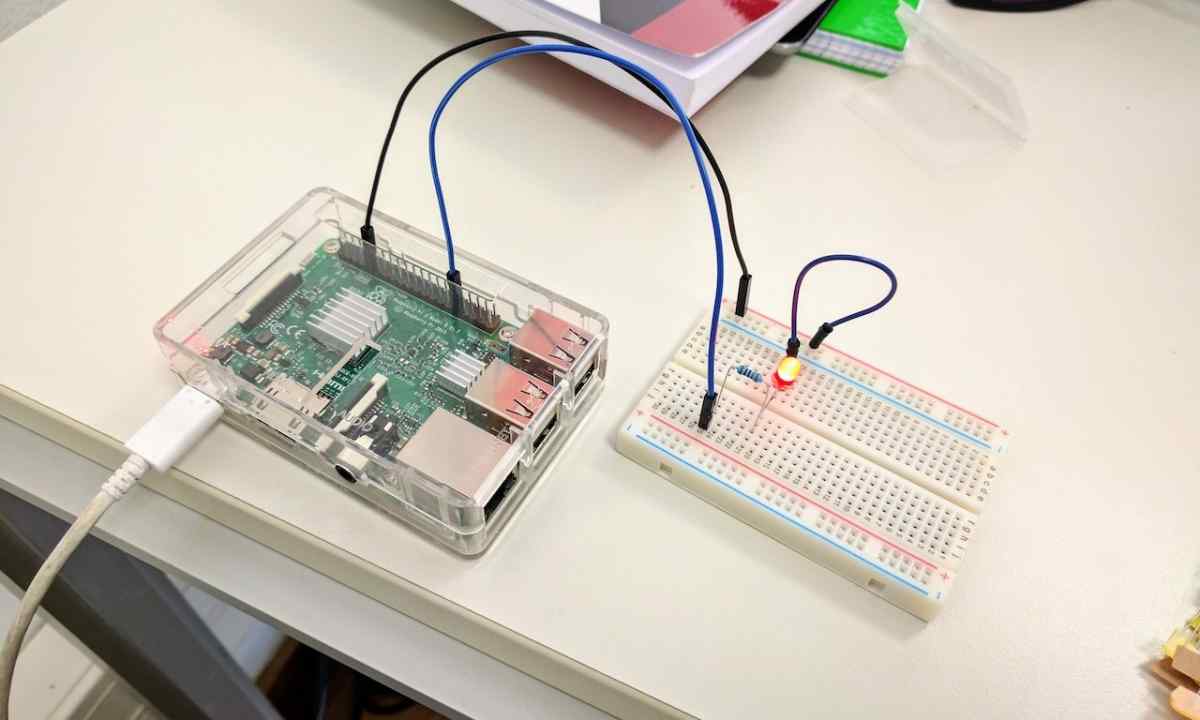Raspberry grows and perfectly fructifies on soils friable and rich with nutrients. So annually to reap good harvest of this fragrant berry, it is necessary to fertilize bush correctly.
It is required to you
- - the rerotting manure;
- - compost;
- - wood ashes;
- - potash, phosphoric and nitrogen fertilizers.
Instruction
1. Attentively examine plant. It is possible to determine by its exterior what elements are not enough in the soil on which it grows. Light yellow small leaves – sign of shortage of nitrogen. If leaves of raspberry have got brown shade and warp, as at burn it means that in the soil there is not enough potassium. At lack of pine forest new escapes are not formed and kidneys die off therefore raspberry does not fructify. The turning yellow tops of escapes and small green veins on leaves of plant testify to the shortage of iron. In that case if the plant receives less phosphorus, it observes thin escapes with purple leaves. If in the soil magnesium does not suffice, leaves of raspberry begin to turn yellow (from the center to edges) and to fall down.
2. The best organic fertilizer for raspberry the rerotting manure is considered. You bring it in the fall or in the early spring at the rate of 3 kg on square meter. Count necessary dose not on all square, and only for strip 70-100 cm wide from bush.
3. Before spring scarification bring mineral (nitric, potash and phosphoric) fertilizers. If necessary you can replace nitrogen fertilizers with well rerotting compost (on square meter of the soil use 5-6 kg of compost), and potash and phosphoric – wood ashes (dosage: 100-150 g on square meter of the soil).
4. You watch that since July in the soil on which raspberry grows there was no excess of nitrogen. Glut of the earth nitrogen can lead to delay of growth of young escapes and also decrease in frost resistance of plant. In the fall the plant has to receive enough phosphorus and potassium (it is important for the further growth of escapes) therefore introduce these fertilizers to the soil.
5. Remember that on clay soils the dose of the entered organic fertilizer has to be 1.5-2 times more than norm. And on sandy soils you introduce fertilizer more often.

